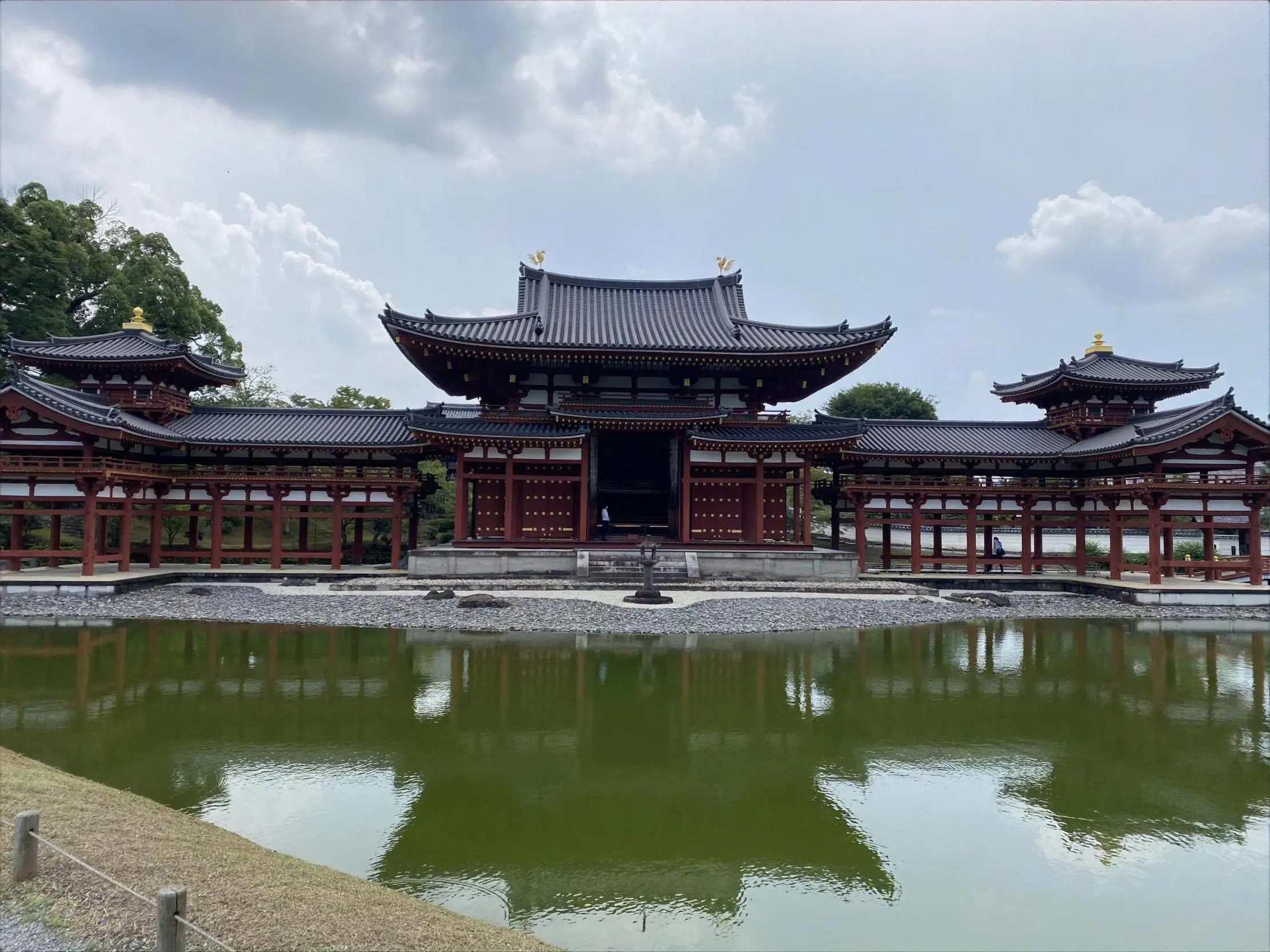Byodoin Temple, located in Uji city of Kyoto prefecture, is a UNESCO World Heritage site and a true gem of Japanese architecture. Originally built in 998 AD as a villa for a high-ranking government official, the villa was converted into a temple in 1052 by his son, who wished to use it as a place to pray for his father’s soul. Here are some highlights that make Byodoin Temple a must-visit destination for foreign tourists.
The Phoenix Hall: A Masterpiece of Heian Period Architecture
The main hall of Byodoin Temple, known as the Phoenix Hall, is considered one of the most iconic examples of Japanese architecture from the Heian period. The hall is designed in the shape of a phoenix, with wings that stretch out on either side of the building. The Phoenix Hall is decorated with intricate wood carvings and gold leaf, and is surrounded by a tranquil pond that reflects its stunning beauty.
The Amida Hall: A Treasure Trove of Buddhist Art

The Amida Hall is another highlight of Byodoin Temple, and is home to a collection of priceless Buddhist art. The hall contains a statue of Amida Buddha, which is said to be one of the oldest examples of its kind in Japan. The statue is flanked by two attendant figures, and is surrounded by a host of other sculptures and paintings that represent important figures and events from Buddhist mythology.
The Gardens: A Serene Oasis of Tranquility
The gardens at Byodoin Temple are a masterpiece of landscape architecture, and offer visitors a peaceful retreat from the hustle and bustle of everyday life. The gardens are divided into two parts: the Front Garden and the Rear Garden. The Front Garden features a pond with a small island, which is connected to the shore by a graceful bridge. The Rear Garden is home to a hill covered in lush greenery, which is dotted with small pavilions that offer stunning views of the surrounding landscape.
Way to Access
Train
JR Line
“Uji” Station 10 minutes walk.
Keihan Line
“Uji” Station 10 minutes walk.









